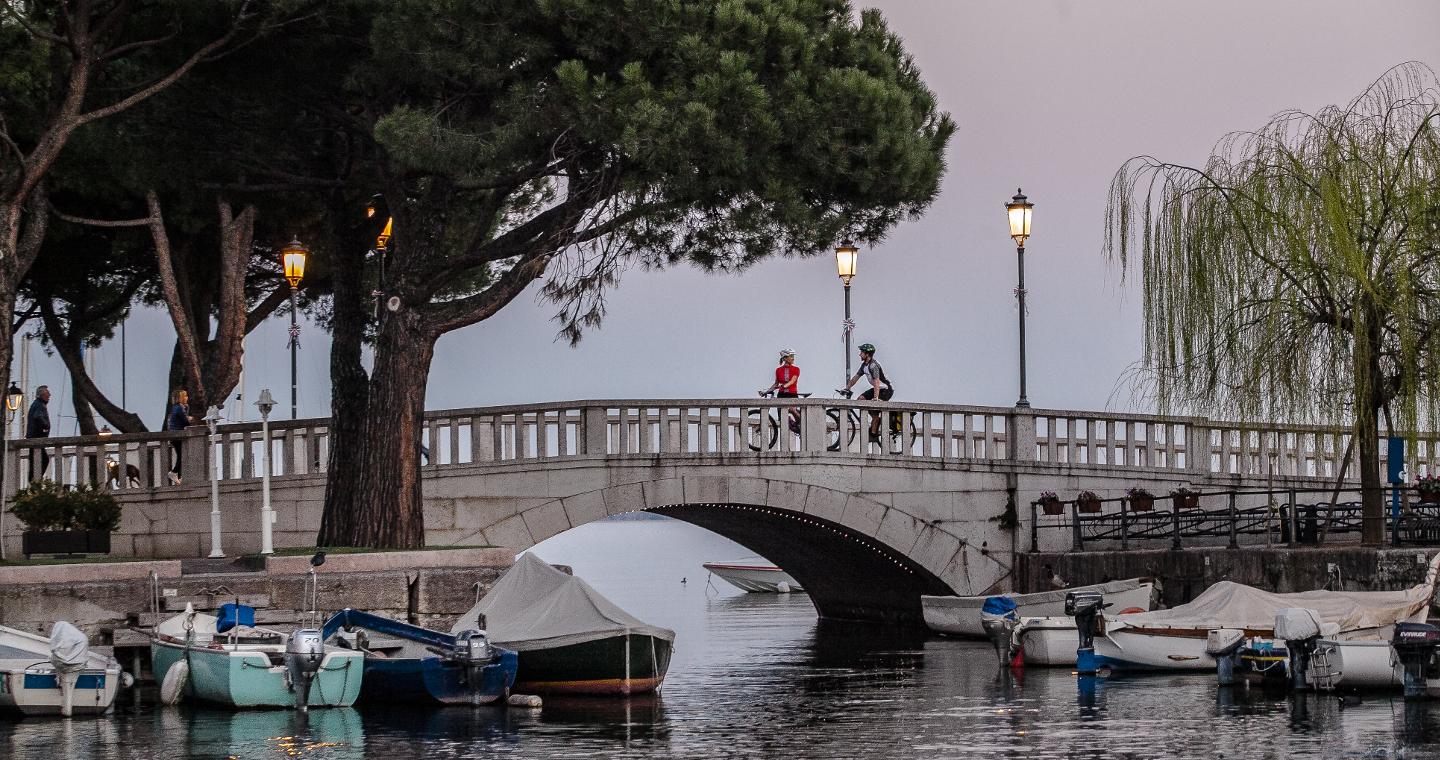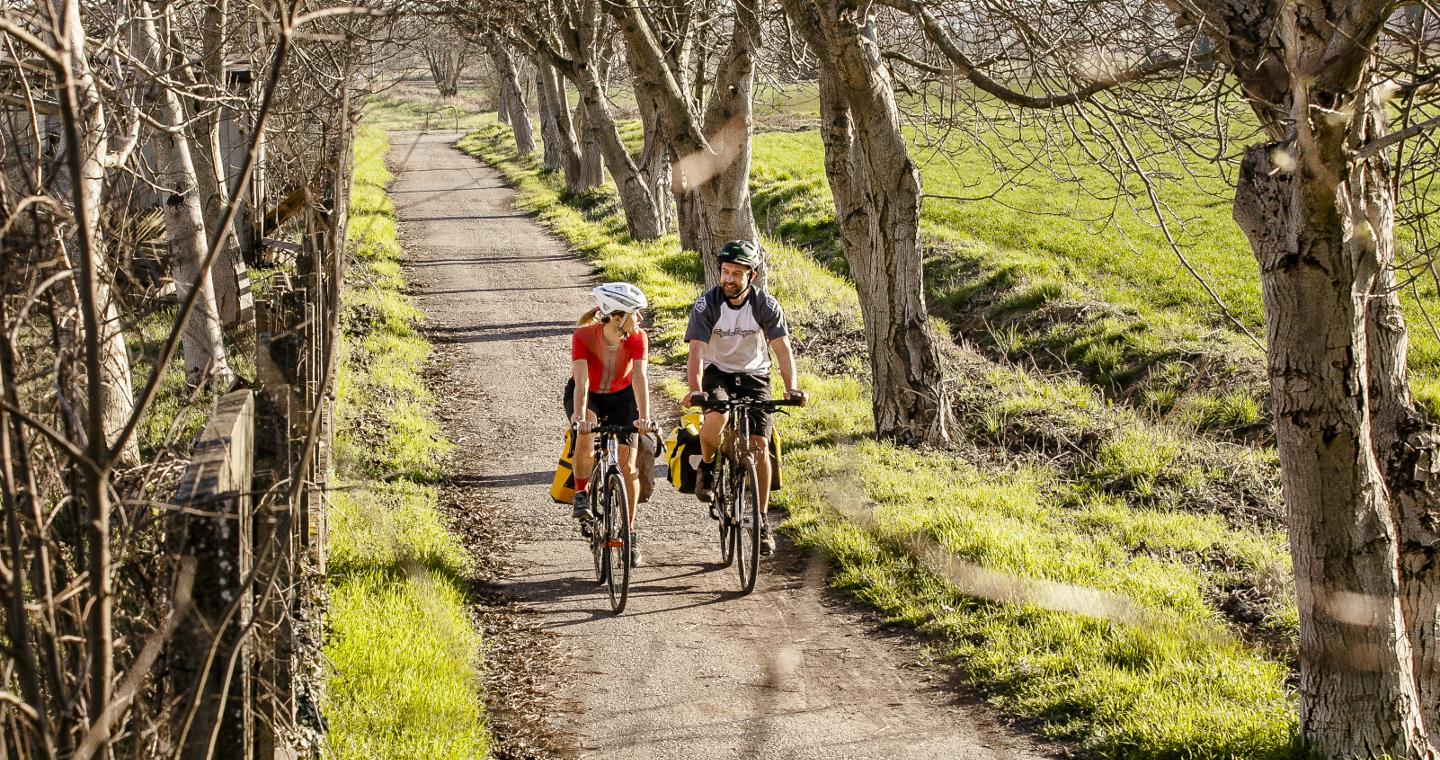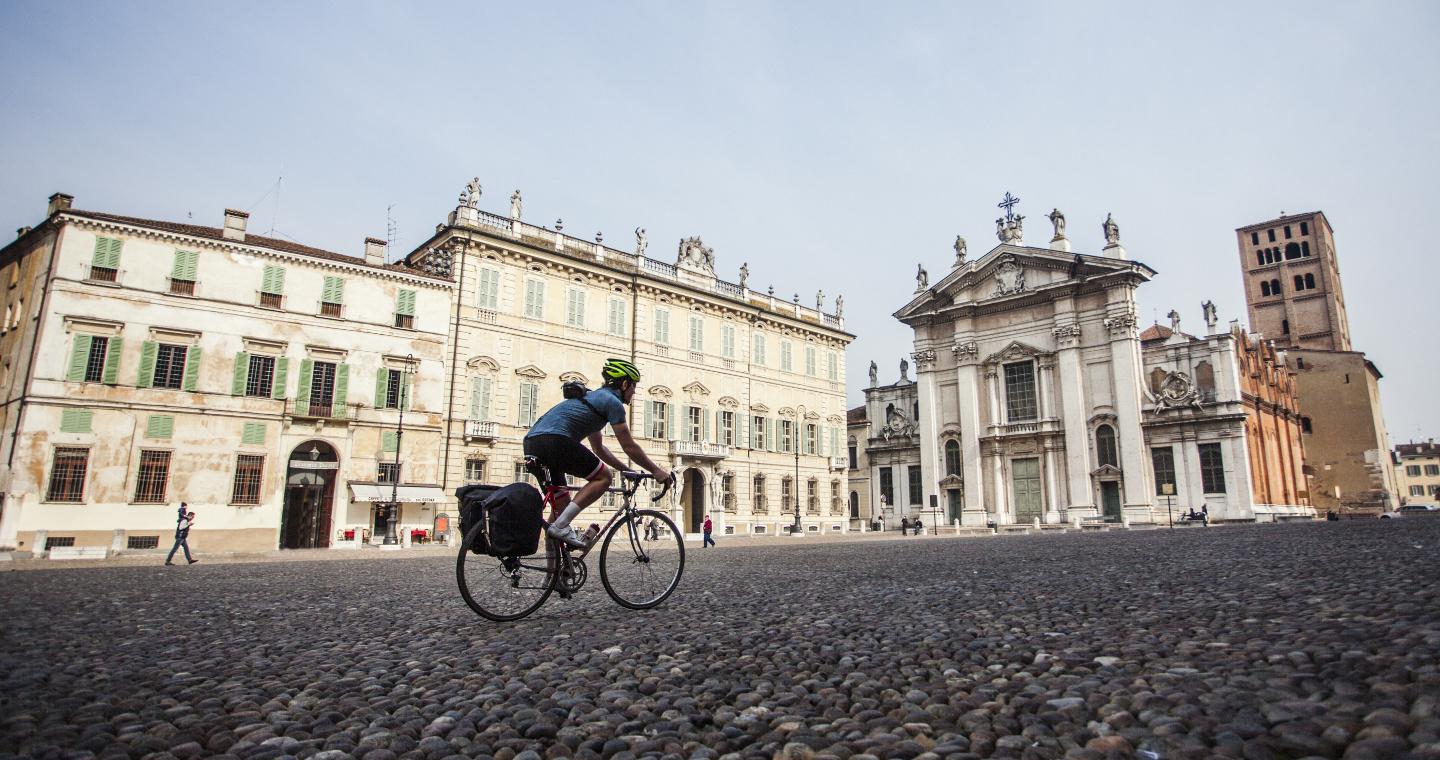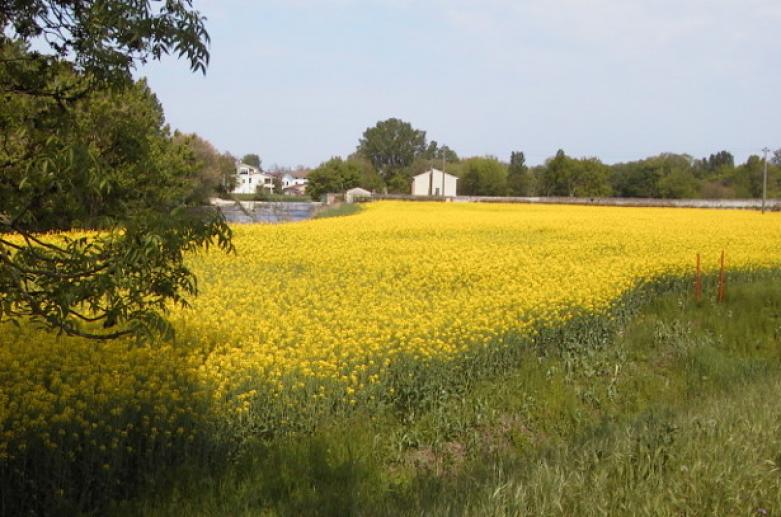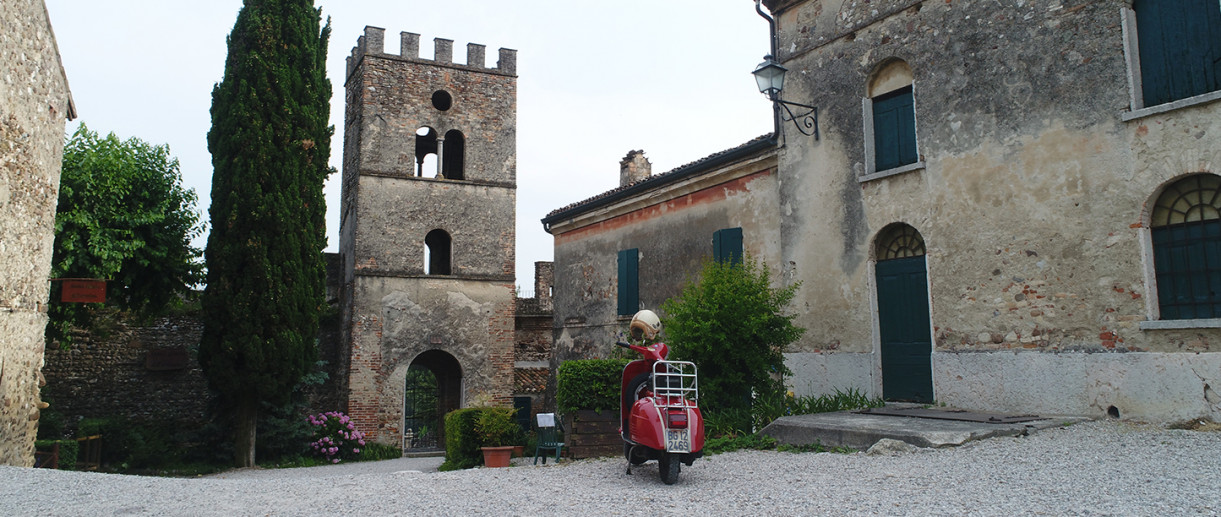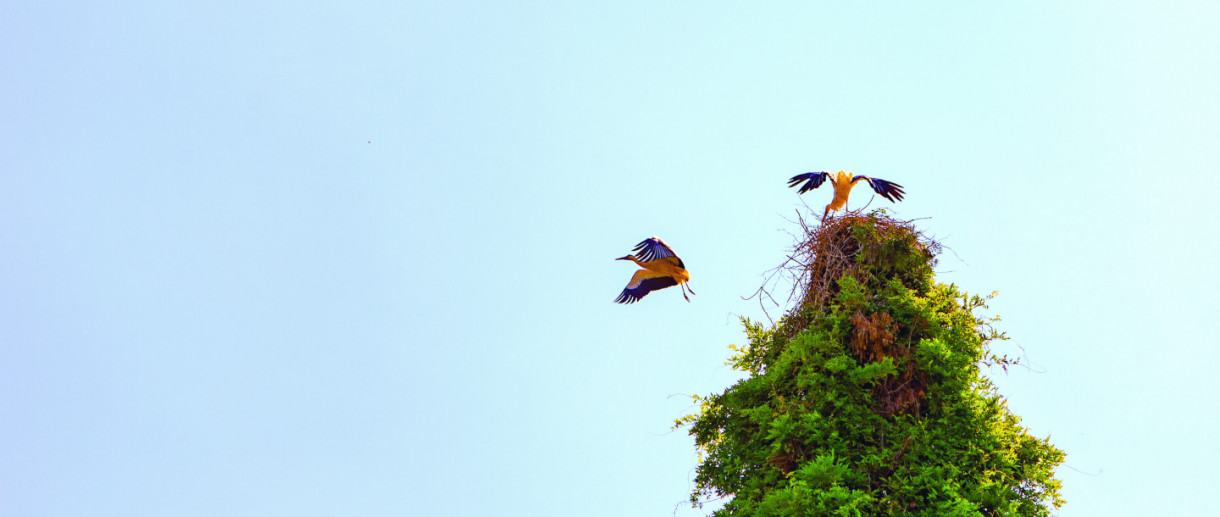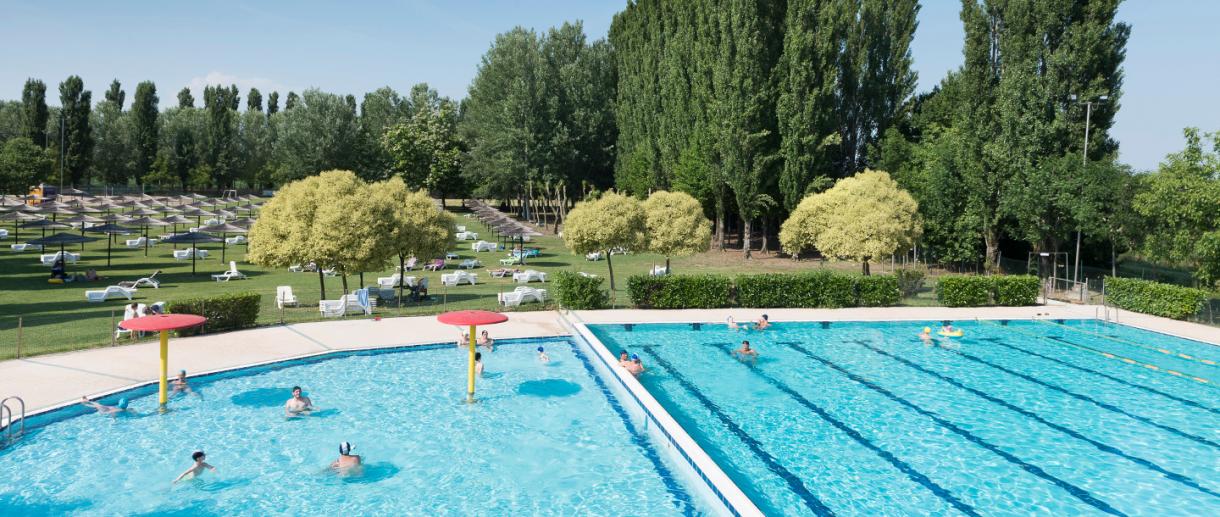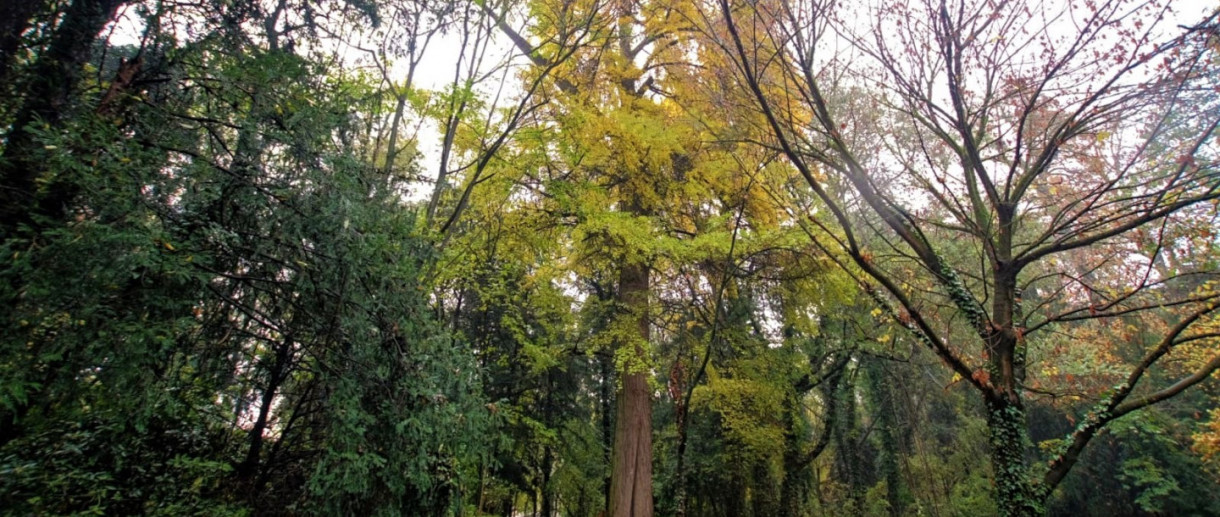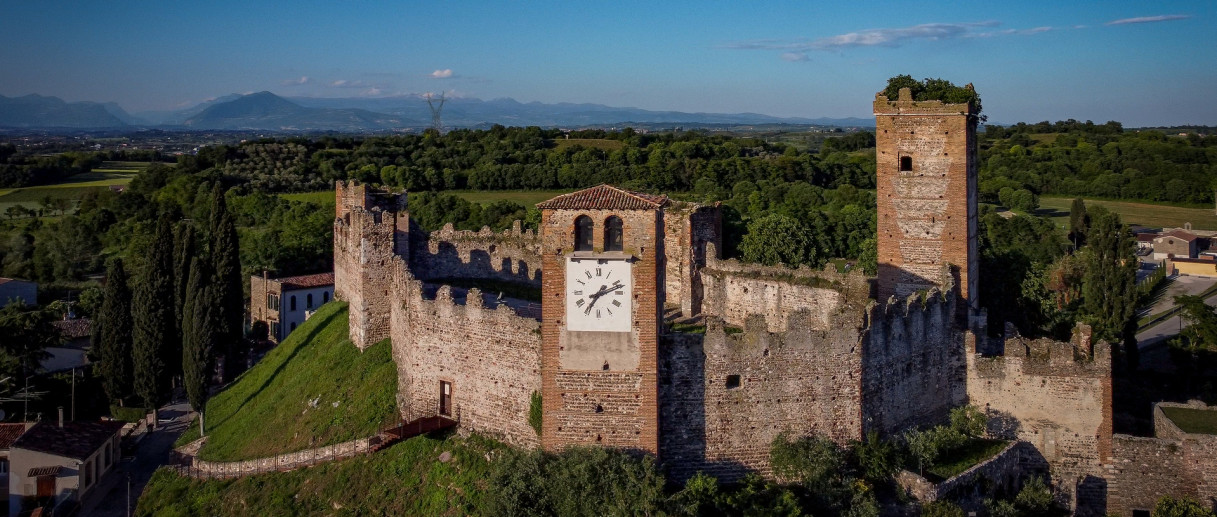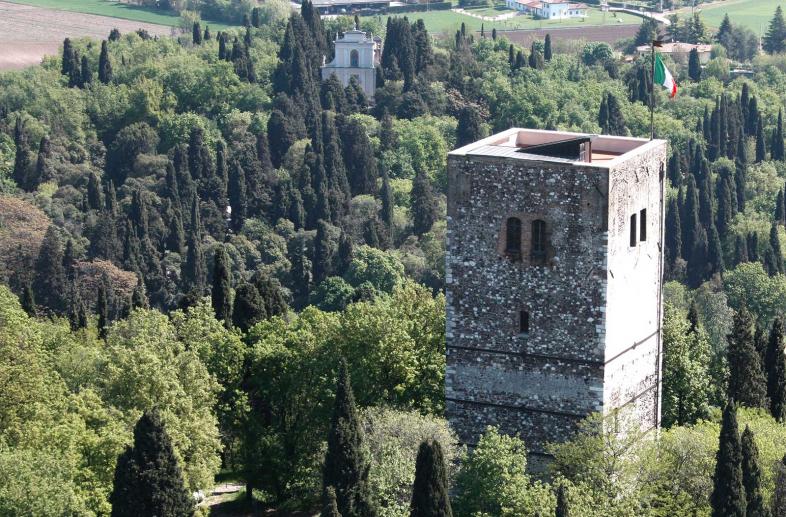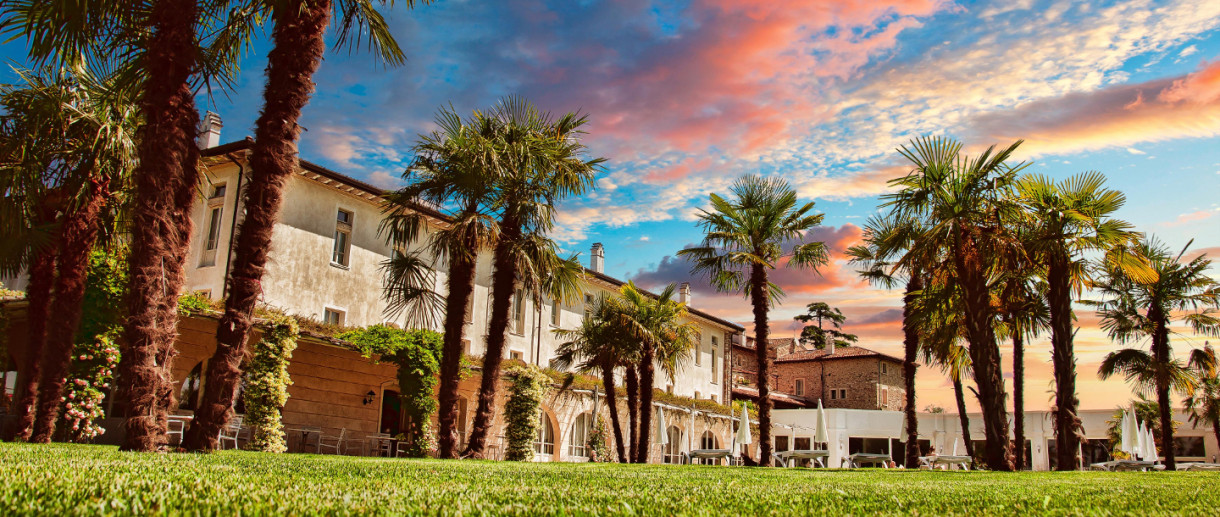- Cycle Tourism
- Active & Green
From Desenzano del Garda to Mantua
Featuring mills, lotus flowers and strips of riverine forest, the Mincio cycleway is the birthplace of cycling tourism in Lombardy
Two centuries ago, Johann Wolfgang von Goethe embarked on his ‘Italian journey’ in a horse-drawn carriage.
Nowadays, many people do the Grand Tour on a bike. Following in the footsteps of the great writer-traveller, many choose the road that leads from Lake Garda to the banks of the Po as their first sweet taste of the “country where lemon trees bloom”.
The Mincio cycleway is one of the first routes to be successfully established. The route is marked as Ciclovia 1, part of the Ciclopista del Sole. Once completed, it will form the great backbone of Italy, from the Alps to the main islands.
The route has a gentle fellow traveller: the water of the Mincio River, which flows out of Lake Garda and lazily meanders through the first moraine hills, through woods, springs, bogs and wetlands, heading along the plain towards the river Po.
You start at Desenzano, perhaps after a coffee in Piazza Malvezzi, surrounded by the lake and porticoes, with a view of the Alps, and proceed southeast towards Pozzolengo and Monzambano, where you join the right river bank, the true cycleway. After a few kilometres, at Valeggio sul Mincio and Borghetto, the river makes a wide bend in the Mincio Regional Park. Beyond the town, there is a slight, almost imperceptible descent, allowing you to slightly ease off the pedals.
After the Centrale del Corno green area, just before Pozzolo, there is a wooded island in the centre that divides the river. Various plants grow wild here including broom, gentians, mint and aquatic orchids. On closer inspection, these plants can also be seen growing elsewhere on the river bank. In Pozzolo, the route diverts from the Mincio River and follows the bank of the Pozzolo-Maglio drainage canal. A brief digression, crossing the canal for Massimbona, leads you to a small Romanesque church and a medieval mill that is still in operation.
Once back on the cycleway, after about ten kilometres you continue along the bank of another artificial canal, the Mincio diversion canal. From here, traveling down a few dirt roads, you can ride through fields and valleys or head towards the Parco Giardino Bertone, which contains a nineteenth-century villa and is full of paths, ponds and flying storks.
There is a magnificent gingko tree in the villa’s garden, which is cloaked in spectacular golden-yellow foliage in autumn. There is another lovely alternative just outside Soave Marmirolo, namely the Bosco della Fontana, a former hunting ground of the Gonzagas, which is now a State Nature Reserve, one of the rare examples of riverine forest that has remained untouched for centuries.
Now you are near the finish line, in the part of the route where lotus flowers grow on the river in the summer. Leaving the embankment road, you bear right towards rural roads that wind through the countryside: finally, Mantua appears.
You can observe it from the Cittadella del Porto, which was built in the sixteenth-century to defend the city. The fairytale silhouette of the towers of Castello di San Giorgio and the great white dome of Sant’Andrea make you feel as though you are riding a noble steed, like in the frescoes in the Bridal Chamber. It is time to dismount and to pay homage to the city of the Gonzagas.
-
One day route
Difficulty: for everyone
Length: 43,5 km
Elevation profile: slightly downhill
Roads: segregated bike lane, paved
Type of bike: touring bikes with gears
and road bikes
When: from April to October
Mood: slow
